I have been fascinated by bioluminescence for a long time. Some animals and fungi emit light, in patterns or all over their body, flashing or continuous. It’s not just fireflies. Some species of plankton also emit light, as do fish, jellyfish, deep sea creatures – and some mushrooms. They look almost like fairytale creatures.
Electricity is a lot like magic. Everyone uses it, yet few people wonder why it works, or how. Often, electrical devices have typically technical designs: geometric and strong shapes are very common. Though sometimes playful or elegant, it never looks like nature. Yet electricity is a natural phenomenon.
We often use electricity as a light source. Bioluminescence is a form of light (chemoluminescence) that looks a lot like the electrical form of light (electroluminescence). This resemblance inspired me to make art that lights up. But not just any light would do: It had to look and feel natural. Not the light from a clearly visible lamp, but light from a natural phenomenon. The combined magic of bioluminescence and electroluminescence.
I started to create my Wisp Lights. They continue to provoke a specific question from my guests: are those real mushrooms?
More info: www.wisplights.com | instagram: @levend_lichtje
Amanita muscaria – lights on
Amanita muscaria – lights off
Taraxacum laneum – lights on
Taraxacum laneum – lights off
Mycena albatus – lights on
Mycena albatus – lights off
Cuphophyllus albatus – lights on
Cuphophyllus albatus – lights off
Mycena albatus – lights on
Mycena albatus – lights off
Inocybe betula – lights on
Inocybe betula – lights off
Mycetinis rubra – lights on
Mycetinis rubra – lights off
Mycetinis rubra
128views
Share on FacebookI have just saved your shop and I surely wish I will be able to buy one of these in the future!
I have just saved your shop and I surely wish I will be able to buy one of these in the future!

 Dark Mode
Dark Mode 

 No fees, cancel anytime
No fees, cancel anytime 






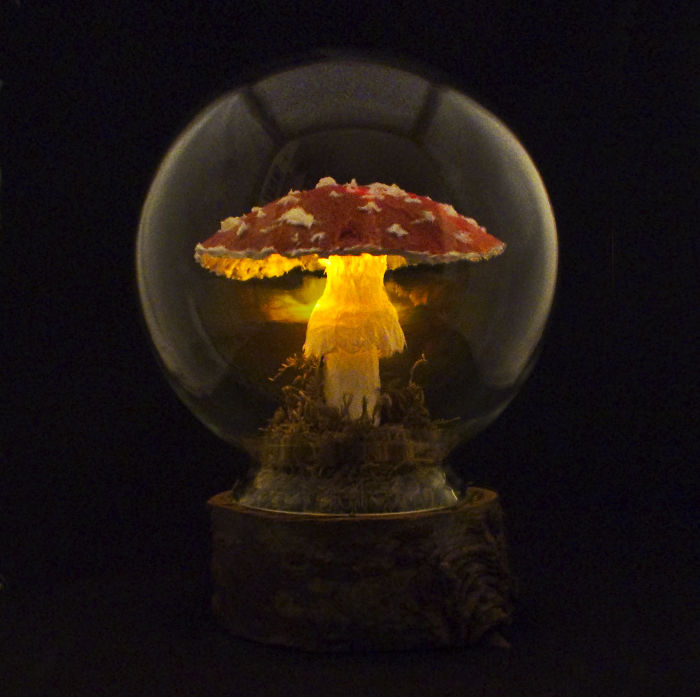




















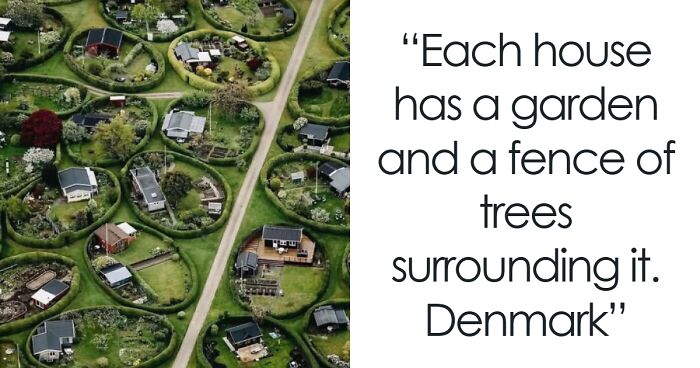




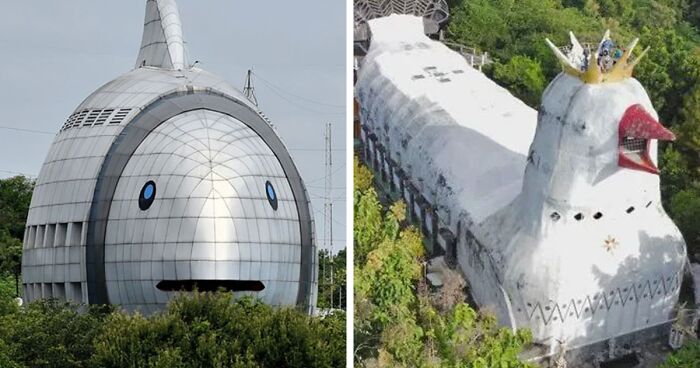

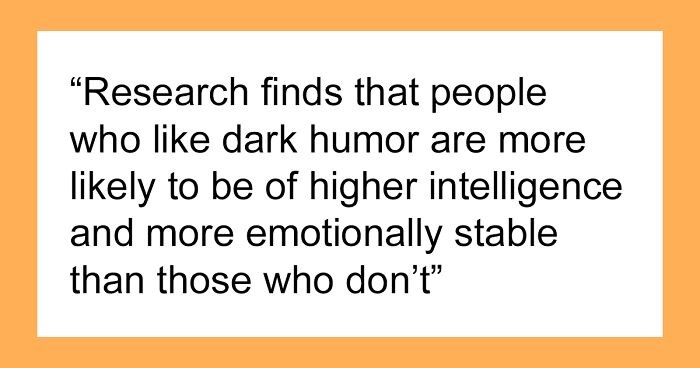

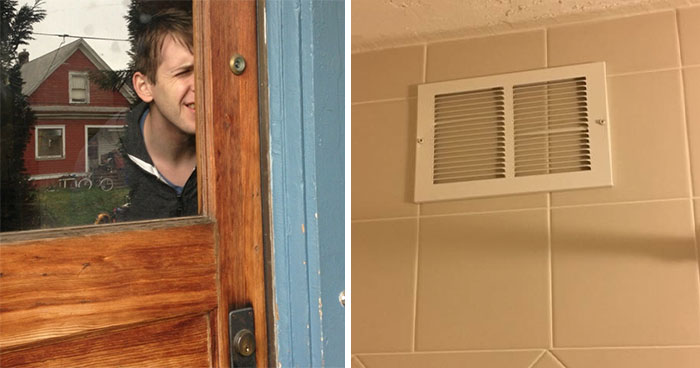
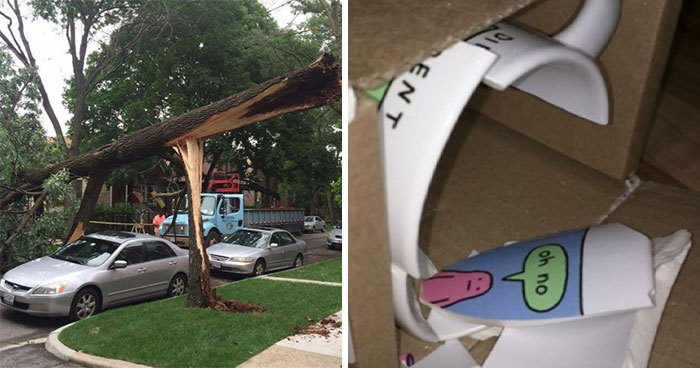

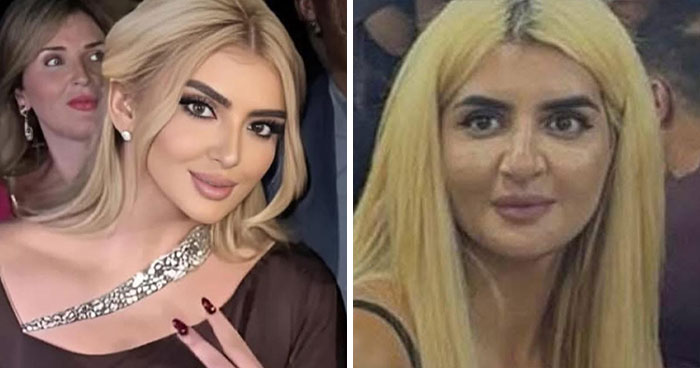

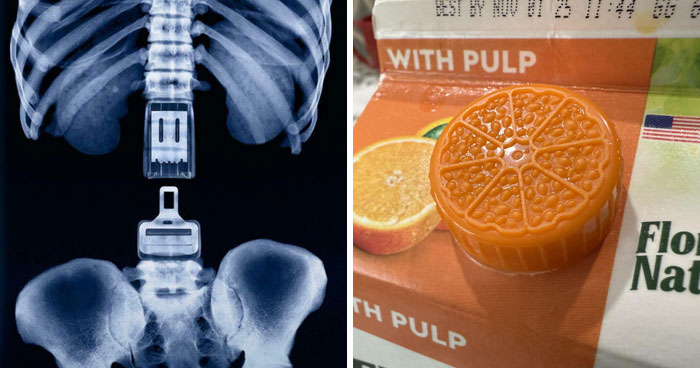






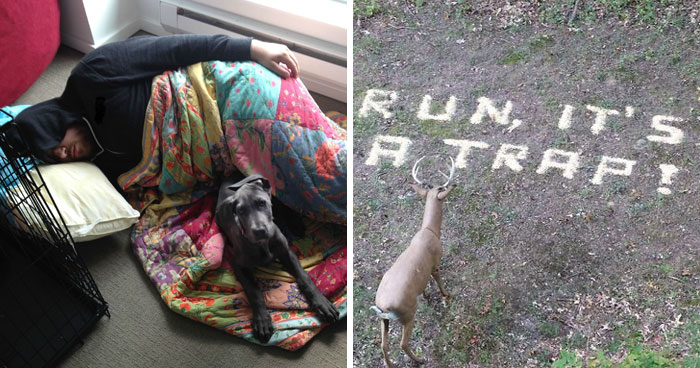





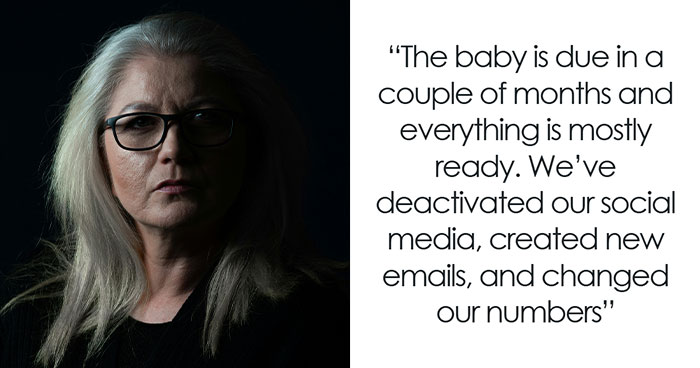



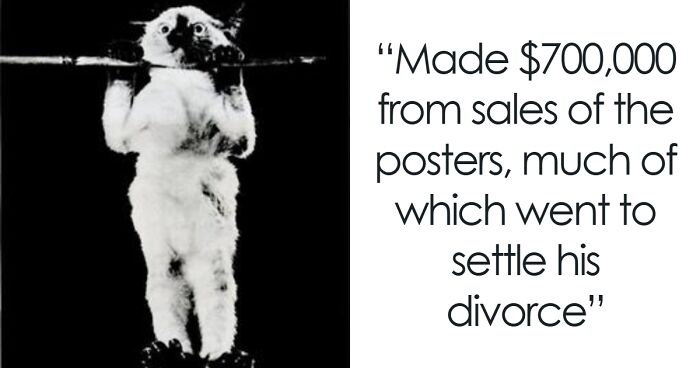


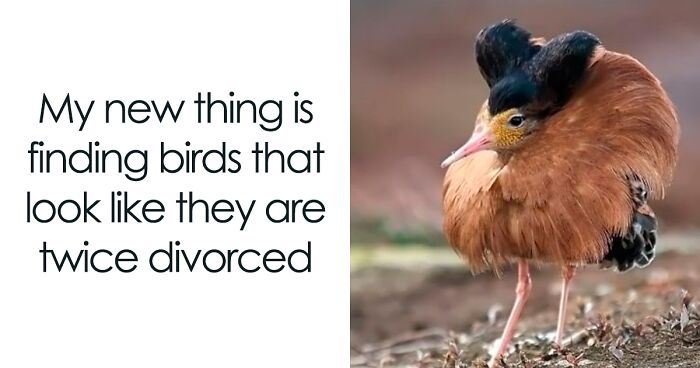
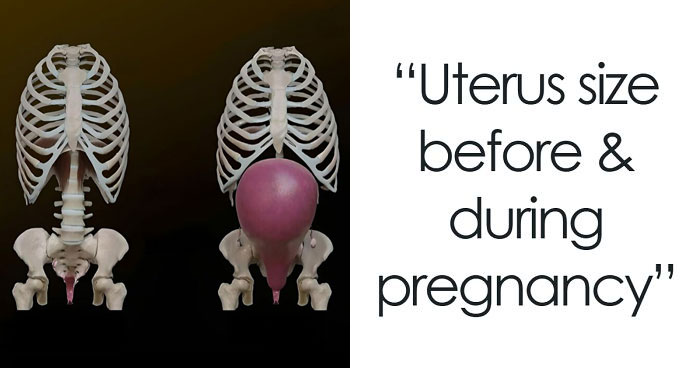


8
2